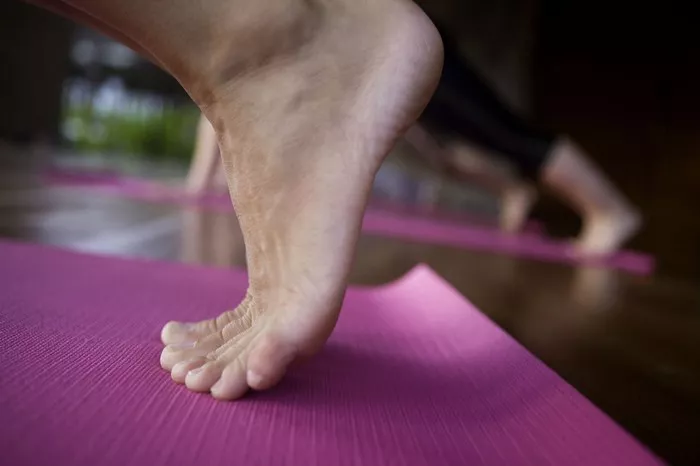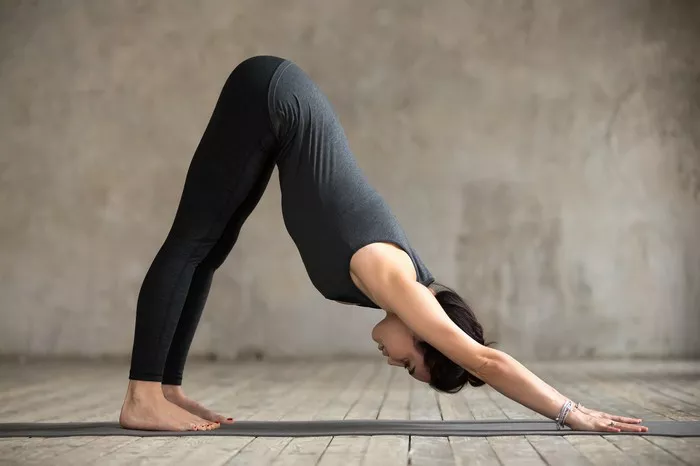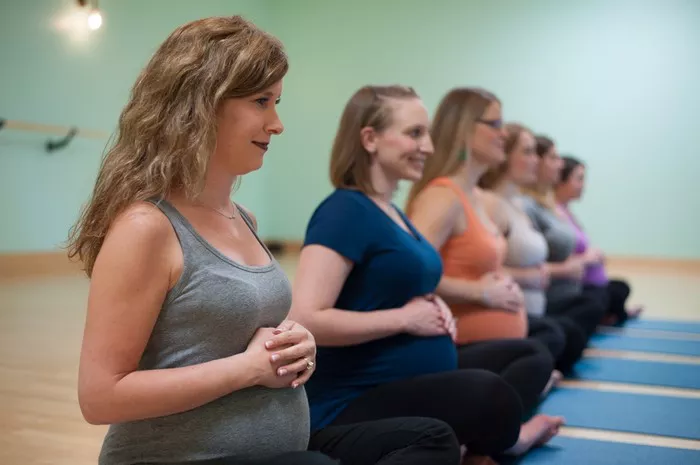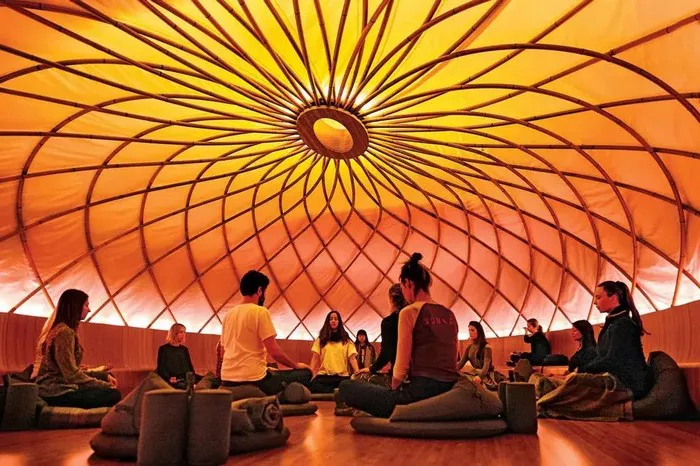Yoga, an ancient spiritual, mental, and physical practice, has evolved over thousands of years. Among its many branches, Hatha Yoga is one of the most widely practiced forms today. It is often associated with postures (asanas), breath control (pranayama), and meditation. But is Hatha Yoga the oldest form of yoga? To answer this question, we must explore the historical roots of yoga, its different schools, and where Hatha Yoga fits into the broader tradition.
The Origins of Yoga: A Historical Perspective
The history of yoga can be traced back to the Indus Valley Civilization (circa 3000 BCE), where ancient seals depict figures in meditative postures. However, the first significant textual reference to yoga appears in the Vedas, the oldest sacred texts of India (1500–1200 BCE). The concept of yoga in these scriptures was primarily spiritual, focusing on rituals, mantras, and achieving a union with the divine.
The Upanishads (800–200 BCE) expanded on these ideas, introducing the concept of self-realization and the inner journey of yoga. However, it was not until the emergence of the Yoga Sutras, attributed to the sage Patanjali (circa 200 BCE – 400 CE), that a structured approach to yoga was established. Patanjali’s Ashtanga (Eight-Limbed) system laid the foundation for many later forms of yoga, emphasizing ethical disciplines, breath control, concentration, and meditation.
What is Hatha Yoga?
Hatha Yoga, as we know it today, emerged much later in history, primarily around the 9th to 15th centuries CE. The term “Hatha” means “force” or “effort,” and this form of yoga focuses on physical discipline as a means to prepare the body and mind for meditation. It integrates asanas (postures), pranayama (breath control), mudras (gestures), and bandhas (energy locks) to channel the body’s energies.
The foundational texts of Hatha Yoga include:
Goraksha Samhita (circa 11th century CE) – Attributed to the sage Gorakhnath, it discusses the importance of asanas and breath control.
Hatha Yoga Pradipika (15th century CE) – Written by Swami Swatmarama, this is one of the most authoritative texts on Hatha Yoga, covering postures, breathwork, and purification techniques.
Gheranda Samhita (17th century CE) – A comprehensive text that describes a seven-limbed system of Hatha Yoga, emphasizing purification and spiritual progress.
Comparing Hatha Yoga with Older Yoga Traditions
Given this historical timeline, it is clear that Hatha Yoga is not the oldest form of yoga. It developed centuries after the spiritual and meditative practices found in the Vedas, Upanishads, and Patanjali’s Yoga Sutras.
Older forms of yoga include:
Vedic Yoga – Focused on rituals, mantras, and devotion to deities.
Pre-Classical Yoga – Found in the Upanishads, emphasizing self-realization through meditation and philosophical inquiry.
Classical Yoga (Patanjali’s Ashtanga Yoga) – Introduced the Eight Limbs of Yoga, which emphasize ethical living, meditation, and enlightenment.
Tantric Yoga – Developed alongside Hatha Yoga, emphasizing the use of rituals, chakras, and kundalini energy.
The Influence and Legacy of Hatha Yoga
Although Hatha Yoga is not the oldest form of yoga, it has played a crucial role in shaping modern yoga practices. Unlike earlier spiritual traditions, Hatha Yoga provided a structured physical component, making yoga more accessible to the masses. Today, popular styles such as Vinyasa, Iyengar, and Power Yoga all have roots in Hatha Yoga.
Conclusion
While Hatha Yoga is a fundamental and influential branch of yoga, it is not the oldest. The origins of yoga date back thousands of years, with earlier traditions focusing primarily on meditation, self-realization, and spiritual practices. However, Hatha Yoga’s contribution to the physical and energetic aspects of yoga cannot be overlooked. Its integration of postures and breathwork has made yoga more approachable and beneficial for practitioners worldwide, ensuring its relevance in both historical and modern contexts.
Related Topics:























